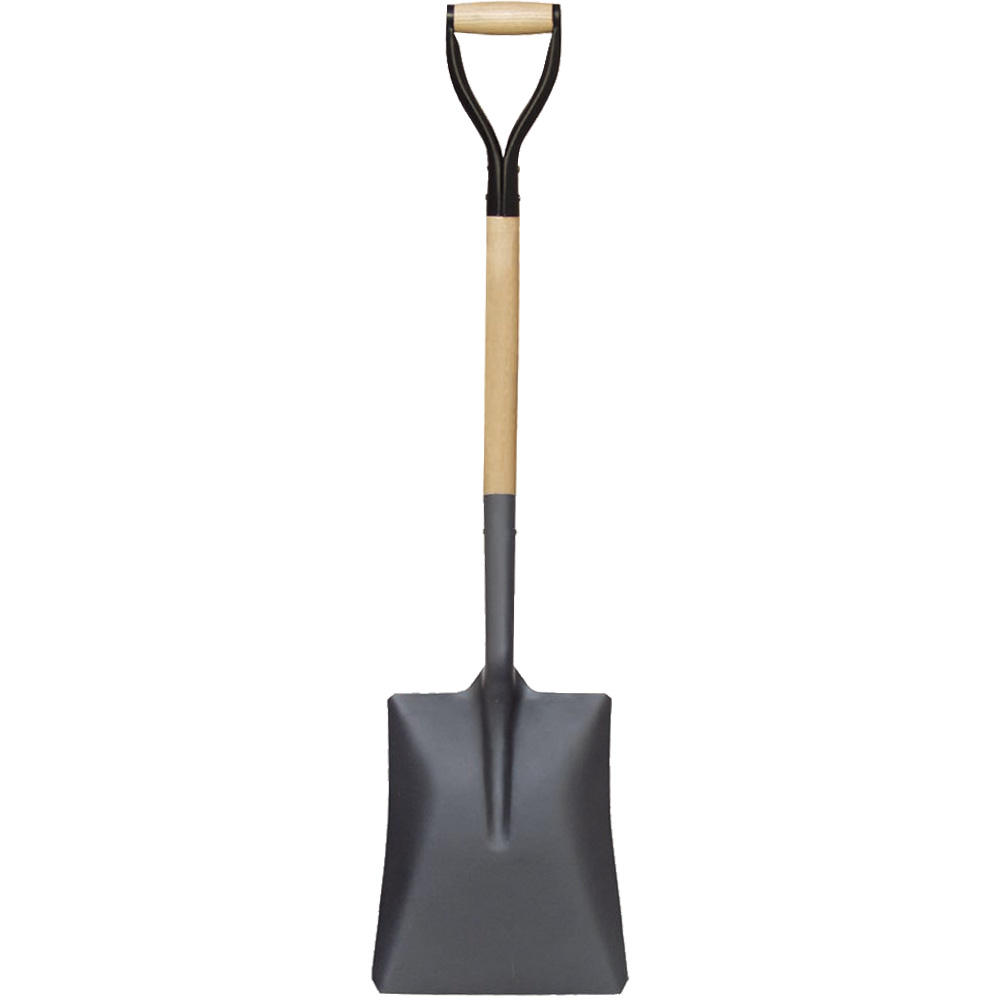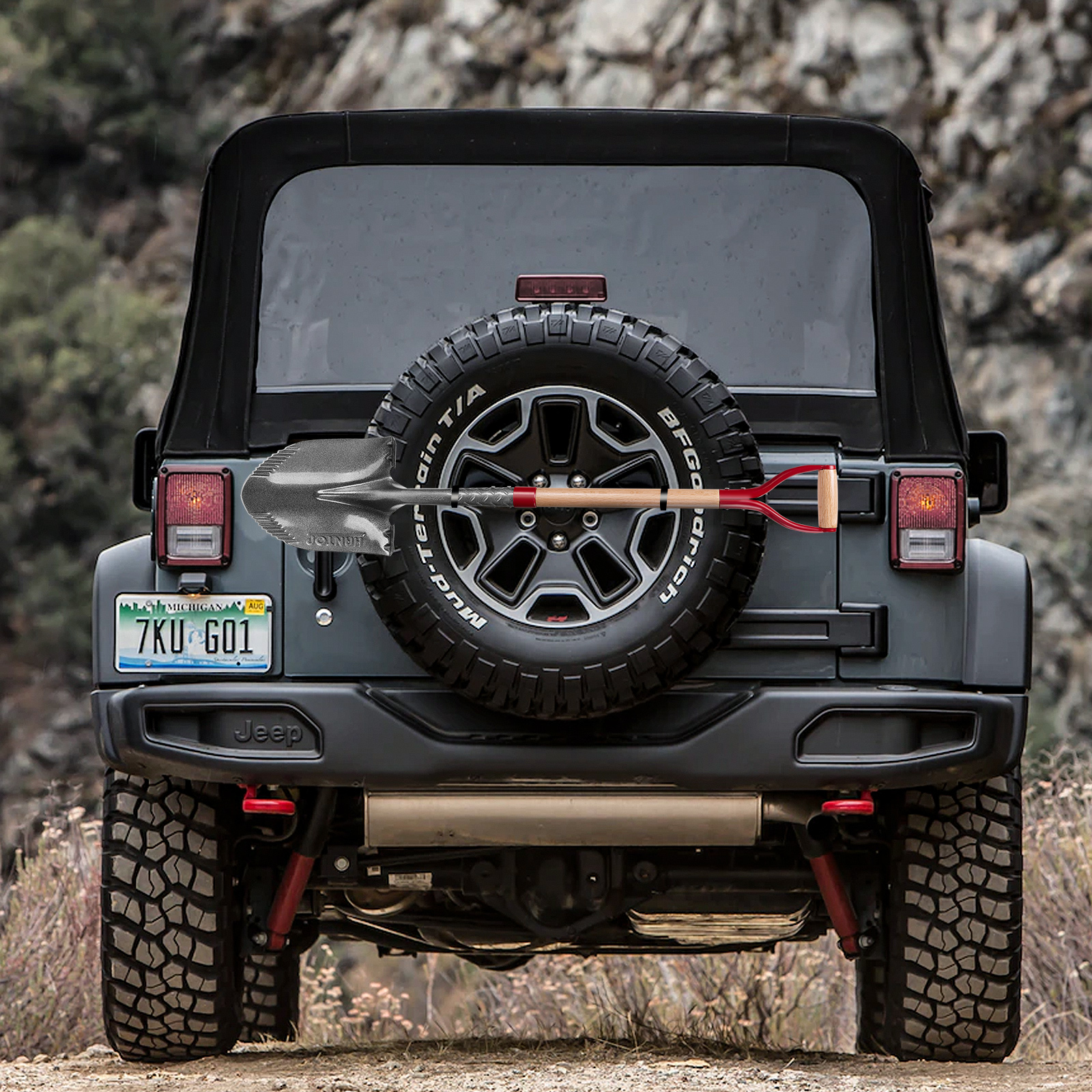Wooden handles can indeed stand the test of time when crafted, maintained, and used properly. While wood is a natural material that can be susceptible to wear and damage, its durability can be significantly extended through various measures. Here’s how wooden handles can maintain their longevity:
1. Wood Selection: Choosing the right wood species is crucial for durability. Hardwoods like oak, hickory, maple, and ash are known for their strength and resilience, making them ideal choices for tool handles.
2. Proper Grain Orientation: When crafting handles, align the grain direction with the length of the handle. This orientation provides better strength and resistance against splitting or breaking.
3. Quality Craftsmanship: Well-crafted handles with proper shaping, carving, and finishing techniques are less likely to develop weak points or structural issues.
4. Finish Application: Applying a protective finish, such as varnish, oil, or wax, creates a barrier against moisture, dirt, and wear. Regularly reapplying the finish helps maintain the wood’s integrity.
5. Avoid Moisture Exposure: Wood is sensitive to moisture. Store tools with wooden handles in dry environments to prevent swelling, warping, and cracking.
6. Preventive Maintenance: Inspect handles regularly for signs of wear, cracks, or splinters. Address any issues promptly to prevent further damage.
7. Ergonomic Use: Using tools with proper technique and not subjecting them to excessive force or torque can help prevent premature wear and damage to the handles.
8. Storage: Store tools with wooden handles in a way that prevents them from resting on the ground or against other objects. Hanging them up or using racks can prevent unnecessary stress on the handles.
9. Handle Guards: For tools used in demanding tasks, consider using handle guards or covers to protect the handle from impacts and wear.
10. Replacement as Needed: If a wooden handle becomes extensively damaged, it’s advisable to replace it rather than continue using a compromised tool. A well-made replacement handle can prolong the tool’s overall lifespan.
11. Climate Considerations: Extreme temperature fluctuations can affect the wood’s stability. Avoid exposing tools to extreme heat or cold, which can lead to expansion, contraction, and other issues.
12. Educate Users: If tools with wooden handles are used by others, educate them on proper handling, care, and storage practices to ensure the handles’ longevity.
By applying these practices, wooden handles can remain durable and functional over the long term. While wood will naturally age and develop a patina, proper care and maintenance can ensure that your tools serve you well for years to come.


